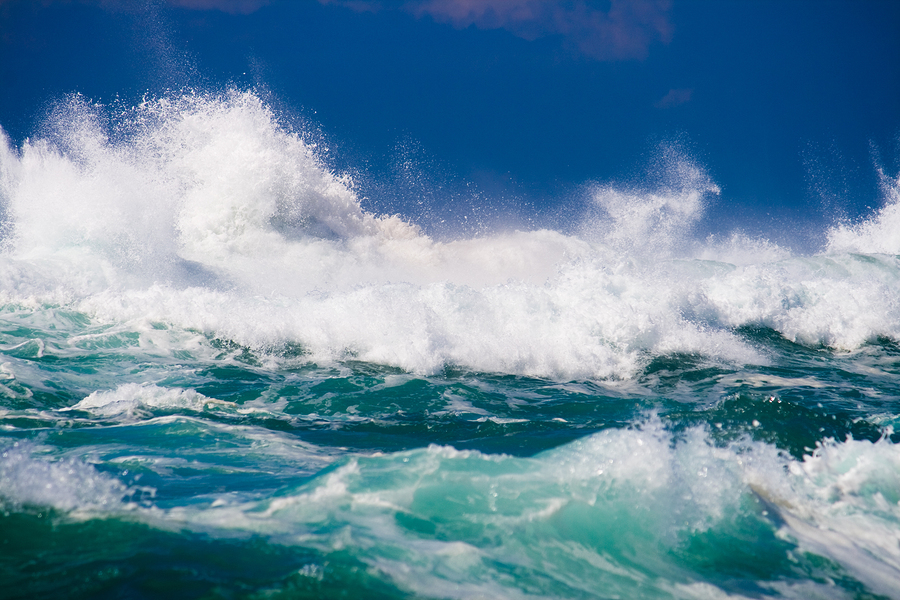 The United States Department of Energy (DOE) is beginning to show strong support for the emerging field of ocean energy. Ocean energy is a category of renewable energy that includes tidal energy, wave energy and offshore wind energy.
The United States Department of Energy (DOE) is beginning to show strong support for the emerging field of ocean energy. Ocean energy is a category of renewable energy that includes tidal energy, wave energy and offshore wind energy.
Energy from the ocean tides and offshore wind could prove to be a substantial source of energy in future years.
Tidal energy is produced by the movement of ocean waters during the rise and fall of the tides. To help promote the advancement of tide energy, the Department of Energy gave $4 million to help fund an underwater turbine off the coast of Newport, Oregon, according to the Oregon Wave Energy Trust.
For ocean tides to be turned into energy, the difference between the low and high tides must be at least 16 feet — and there are 40 places on the planet that experience these tidal ranges. In the U.S., there is good potential to generate this kind of power in the Atlantic Northeast and the Pacific Northwest, according to the DOE.
The DOE recently recognized the first offshore floating wind turbine off the coast of Maine, applauding the innovation for strengthening American leadership in innovative ocean energy technologies. The floating wind turbine was built by a team from the University of Maine and its project partners, with the help of a $12 million investment from the Energy Department.
Conventional wind turbine technology is not practical for the creation of tidal energy because it requires deeper ocean waters. The floating turbine off the coast of Maine is a big innovation in renewable energy because it enables energy production in deep waters. Jose Zayas, director of the Energy Department’s Wind and Water Power Technologies Office, says in the press release that the innovation will help to “bring tremendous untapped energy resources to market and create new jobs across the country.”
The Energy Department estimated that the offshore wind industry could produce 200,000 jobs and $70 billion per year in investments by 2030. The kinds of jobs it will support include construction, manufacturing and operations.
Ocean energy is generating interest in other countries outside of the United States, as well. All-Energy 2013, the largest renewable energy conference in the United Kingdom, devoted 15 hours of the main conference to wave and tidal energy. Over 200 of the 580 exhibiting companies showcased new ideas in the ocean tidal energy sector.
College students can prepare themselves for opportunities in tidal energy by getting a degree in renewable energy.
Illinois State University’s Center for Renewable Energy, for example, has developed the first interdisciplinary renewable energy major in the United States. The university brings renewable energy experts into the classroom for campus seminars and has established an internship program for renewable energy students. Degrees in renewable energy will prepare students for jobs in an emerging field that is receiving considerable attention in policy and research.
[cf]skyword_tracking_tag[/cf]






No Comment